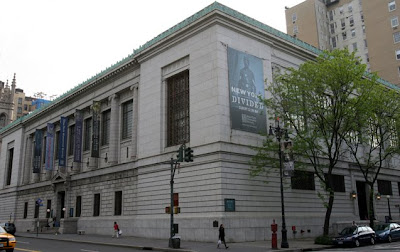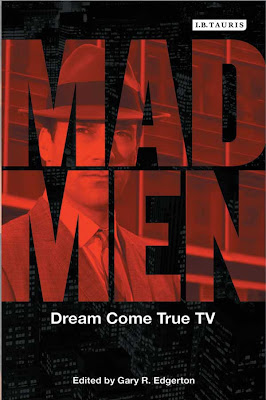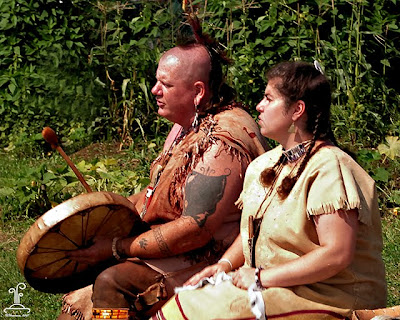 Vera Wang, Christian Dior, Paco Rabanne, Zac Posen, and Bob Mackie are just a few of the world-renowned designers whose creations are showcased in “Wedded Perfection: Two Centuries of Wedding Gowns” on view June 19 through September 18 in the Munson-Williams-Proctor Arts Institute Museum of Art in Utica.
Vera Wang, Christian Dior, Paco Rabanne, Zac Posen, and Bob Mackie are just a few of the world-renowned designers whose creations are showcased in “Wedded Perfection: Two Centuries of Wedding Gowns” on view June 19 through September 18 in the Munson-Williams-Proctor Arts Institute Museum of Art in Utica.
Wedding gowns are the ultimate in fashion opulence. This monumental exhibition, the most impressive ever presented on the wedding gown and the largest in MWPAI history, showcases 50 gowns dating from the 1700s to today.
From vintage to vogue, gilded to goth, these fashion masterpieces are the epitome of artistry, illustrating how the same styles that pervade the fine and decorative arts in the Museum’s collection manifest themselves in fashion art.
Ancient Greek and Roman motifs, which saturated American arts in the late-18th and early-19th centuries, are embodied in the empire waistline, sheer material, and columnar outline of an 1801 gown in “Wedded Perfection.” The bride would have eschewed the opulent heavy silks and structured gowns associated with French and English 18th-century aristocracy of a generation earlier, and as captured in a 1763 emerald-colored, brocaded-silk gown in the exhibition.
Designers transform extraordinary ideas into clothing. Each gown in “Wedded Perfection” relates a story about cultural values, the bride, or the creator of the dress. Dressmaker Ellen Curtis (1850-1923), for example, wanted her own wedding dress to serve as a showpiece, a way to entice more ladies to call on her needle-working artistry. In the exhibition, her stylish wedding dress illustrates a mastery of skill and tailoring techniques and an awareness of all the latest fashions. Contemporary couture designer Zac Posen fashioned an imaginative vision into an extravagant dress for his sister’s 2004 marriage. The intense color and six-foot train ornamented with silk poppies are inspired by the movie “The Wizard of Oz” and reflect the bride’s sense of style. The train in its entirety can be seen in the exhibition.
“Wedded Perfection” will explore the origin of western bridal traditions, trendsetting wedding dresses, contemporary and avant-garde wedding dresses, influential designers and periods when the “traditional” white wedding dress was not worn.
When Queen Victoria married Prince Albert in 1840, she popularized the mode for the single-use white wedding gown. Not all women could afford such a luxury, and dresses of numerous colors are represented in the exhibition. When Evelyn Marie Wright married during the depression, for example, her family was not in a position to buy an elaborate wedding gown. Her future mother-in-law, an accomplished seamstress, crafted a fashionable dress from machine-made lace. The bride chose blue, her favorite color, and despite the high neckline of the dress, its sleek, form-fitting shape and light fabric are alluring.
The variety of styles in the exhibition illustrates how each bride makes a personal statement. As exemplified by the lace, tulle, feathers, fur, rhinestones, and flowered trim on the gowns, the wedding dress is an artistic canvas. The dress may be the most elaborate piece of clothing a woman will ever wear and the one garment in which she is assured rapturous attention. An opulent 1887 gown is ornamented with silver beads, faux pearls, and wax orange blossoms, a symbol of purity. Thirty-four years later, a 1921 dress also elaborately decorated with pearls, demonstrates how quickly fashion arts revolutionize.
With gowns that vary from a fairytale princess style to a 1967 installation piece by celebrated international artist Christo, this exhibition will examine the compelling allure of the glamorous wedding dress for modern women and its present iconic stature. A gown by New Hartford, N.Y., native and Emmy-award winning designer David Zyla evokes historical antecedents interpreted in an ultra-modern and chic manner. Likewise, dresses by Vera Wang illustrate her trendsetting designs of elegant formfitting, strapless dresses.
Including elaborate fashion statements and extreme runway samples by leading designers, “Wedded Perfection” is organized by the Cincinnati Art Museum. Munson-Williams-Proctor Arts Institute is the only other venue for the exhibition. A fully illustrated catalogue will be available in the Gift Gallery.
Special Exhibition Admission: MWPAI Members—first visit free with the voucher that you will receive in the mail- subsequent visits, $5. General Admission—$10
Group tour rates, which include a guided tour and offer a gourmet luncheon on the Fountain Elms Terrace, are available for groups of 20 or more. Contact Ellen Cramer at (315) 797-0000, ext. 2149, for more information.
Photo: Christian Dior (1905-57) France, Wedding Ensemble: Dress, Crinoline, and Headpiece, 1954, linen, silk, Gift of Countess de Rochambeau.
 The New-York Historical Society has announced that the National Endowment for the Humanities (NEH) has awarded it a grant of $400,000 to support a traveling program and educational initiatives surrounding its new exhibition Revolution! The Atlantic World Reborn.
The New-York Historical Society has announced that the National Endowment for the Humanities (NEH) has awarded it a grant of $400,000 to support a traveling program and educational initiatives surrounding its new exhibition Revolution! The Atlantic World Reborn.






